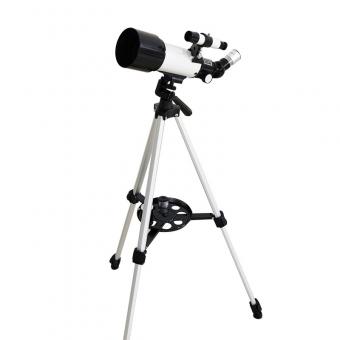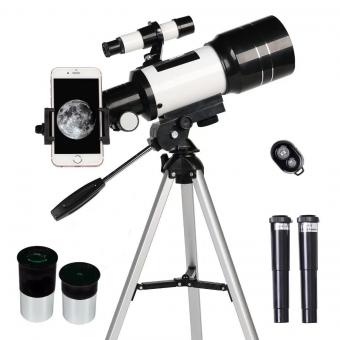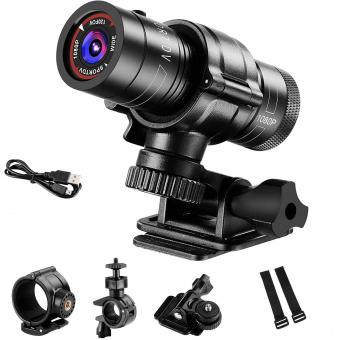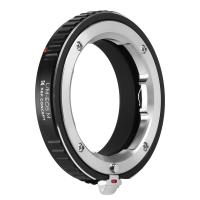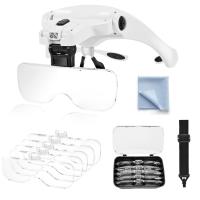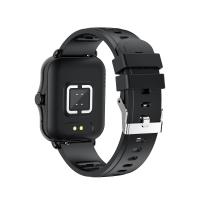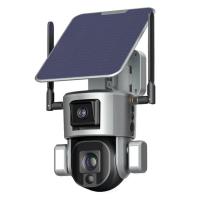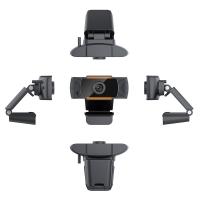What Has The Telescope Discovered?
The telescope, an instrument that has revolutionized our understanding of the universe, has made countless discoveries since its invention in the early 17th century. From the moons of Jupiter to the expansion of the universe, telescopes have provided us with a window into the cosmos, revealing the vastness and complexity of space. In this article, we will explore some of the most significant discoveries made by telescopes, highlighting their impact on our knowledge of the universe and their contribution to the field of astronomy.
The Moons of Jupiter
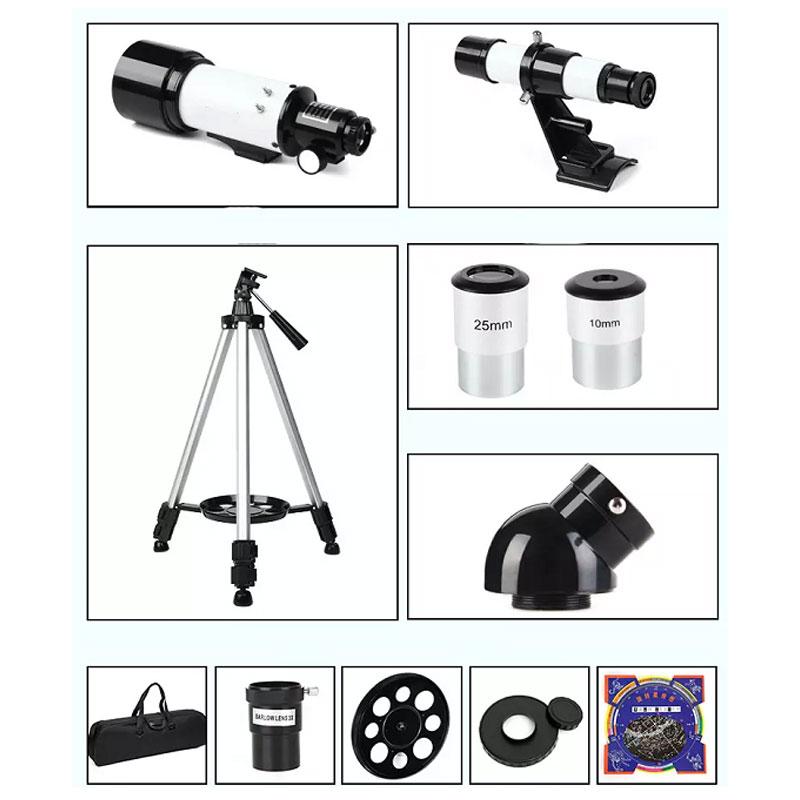
One of the earliest and most groundbreaking discoveries made by a telescope was by Galileo Galilei in 1610. Using his rudimentary telescope, Galileo observed four moons orbiting Jupiter, which are now known as the Galilean moons: Io, Europa, Ganymede, and Callisto. This discovery was monumental because it provided the first direct evidence that not all celestial bodies orbit the Earth, challenging the geocentric model of the universe that had dominated for centuries. This observation laid the groundwork for the heliocentric model, which posits that the Earth and other planets orbit the Sun.
Saturn's Rings

In 1655, Dutch astronomer Christiaan Huygens used a more advanced telescope to discover the rings of Saturn. Initially, Galileo had observed Saturn's rings but could not discern their true nature with his less powerful telescope. Huygens' discovery of the rings provided further evidence of the diversity and complexity of celestial bodies in our solar system. The rings of Saturn have since been studied extensively, revealing intricate details about their composition and structure.
The Phases of Venus

Galileo also observed the phases of Venus, similar to the phases of the Moon, which provided additional support for the heliocentric model. The phases of Venus could only be explained if Venus orbited the Sun, not the Earth. This observation was another nail in the coffin for the geocentric model and helped to solidify the acceptance of the heliocentric theory.
The Discovery of Uranus

In 1781, British astronomer William Herschel discovered Uranus using a telescope he had built himself. This was the first planet discovered with a telescope, expanding our understanding of the solar system and demonstrating that there were more planets beyond those known since antiquity. Herschel's discovery also spurred further searches for new planets, leading to the eventual discovery of Neptune and Pluto.
Nebulae and Galaxies
The 18th and 19th centuries saw significant advancements in telescope technology, allowing astronomers to observe nebulae and galaxies in greater detail. In 1924, Edwin Hubble used the 100-inch Hooker Telescope at Mount Wilson Observatory to observe Cepheid variable stars in the Andromeda Nebula. His observations led to the realization that the Andromeda Nebula was actually a separate galaxy outside of our Milky Way. This discovery expanded the scale of the universe and led to the understanding that our galaxy is just one of billions in the universe.
The Expanding Universe
Edwin Hubble made another groundbreaking discovery in 1929 when he observed that galaxies are moving away from us, and the farther away they are, the faster they are receding. This observation led to the formulation of Hubble's Law and provided the first evidence for the expanding universe. The concept of an expanding universe was a cornerstone for the development of the Big Bang theory, which describes the origin and evolution of the universe.
Cosmic Microwave Background Radiation
In 1965, Arno Penzias and Robert Wilson discovered the cosmic microwave background (CMB) radiation using a radio telescope. The CMB is the afterglow of the Big Bang and provides a snapshot of the universe when it was just 380,000 years old. This discovery provided strong evidence for the Big Bang theory and has been instrumental in our understanding of the early universe.
Exoplanets
The search for exoplanets, or planets outside our solar system, has been one of the most exciting areas of astronomical research in recent decades. The Kepler Space Telescope, launched in 2009, has been particularly successful in this endeavor. To date, Kepler has discovered thousands of exoplanets, many of which are in the habitable zone of their parent stars, where conditions might be right for life. These discoveries have profound implications for the possibility of life beyond Earth and have spurred further research into the conditions necessary for life.
Black Holes
Telescopes have also played a crucial role in the study of black holes. In 2019, the Event Horizon Telescope (EHT) collaboration released the first-ever image of a black hole, located in the center of the galaxy M87. This image provided direct visual evidence of the existence of black holes and confirmed many predictions of Einstein's theory of general relativity. The study of black holes continues to be a major area of research, with telescopes providing critical data on their properties and behavior.
Dark Matter and Dark Energy
One of the most profound mysteries in modern astronomy is the nature of dark matter and dark energy. Observations of the rotation curves of galaxies and the large-scale structure of the universe suggest that most of the matter in the universe is dark matter, which does not emit or absorb light. Additionally, the accelerated expansion of the universe implies the existence of dark energy, a mysterious force driving this expansion. Telescopes, including the Hubble Space Telescope and the upcoming James Webb Space Telescope, are essential tools in the search for answers to these fundamental questions.
The telescope has been an indispensable tool in the field of astronomy, providing us with a deeper understanding of the universe and our place within it. From the discovery of the moons of Jupiter to the observation of exoplanets, telescopes have continually expanded our knowledge and challenged our perceptions. As technology continues to advance, future telescopes will undoubtedly make even more groundbreaking discoveries, further unraveling the mysteries of the cosmos. The journey of exploration and discovery is far from over, and the telescope will remain at the forefront of this exciting adventure.

